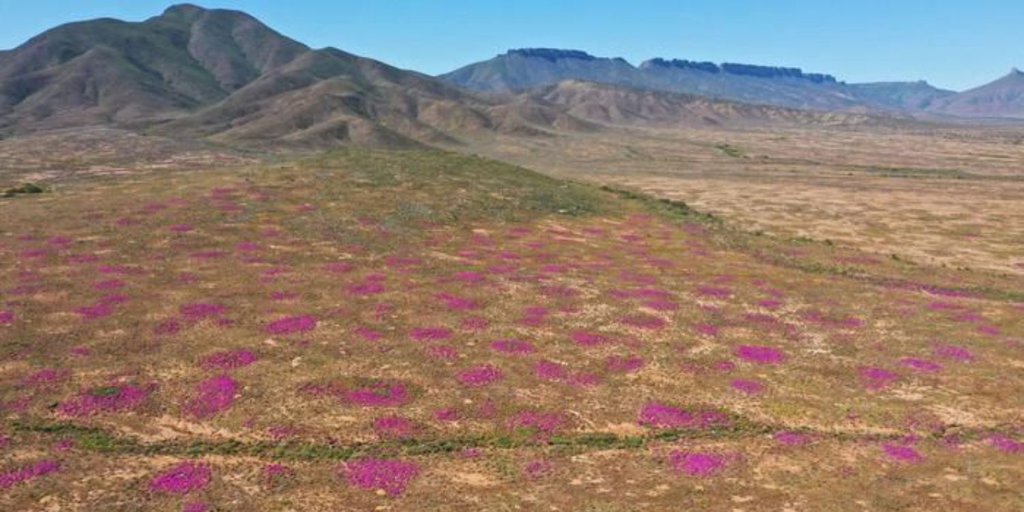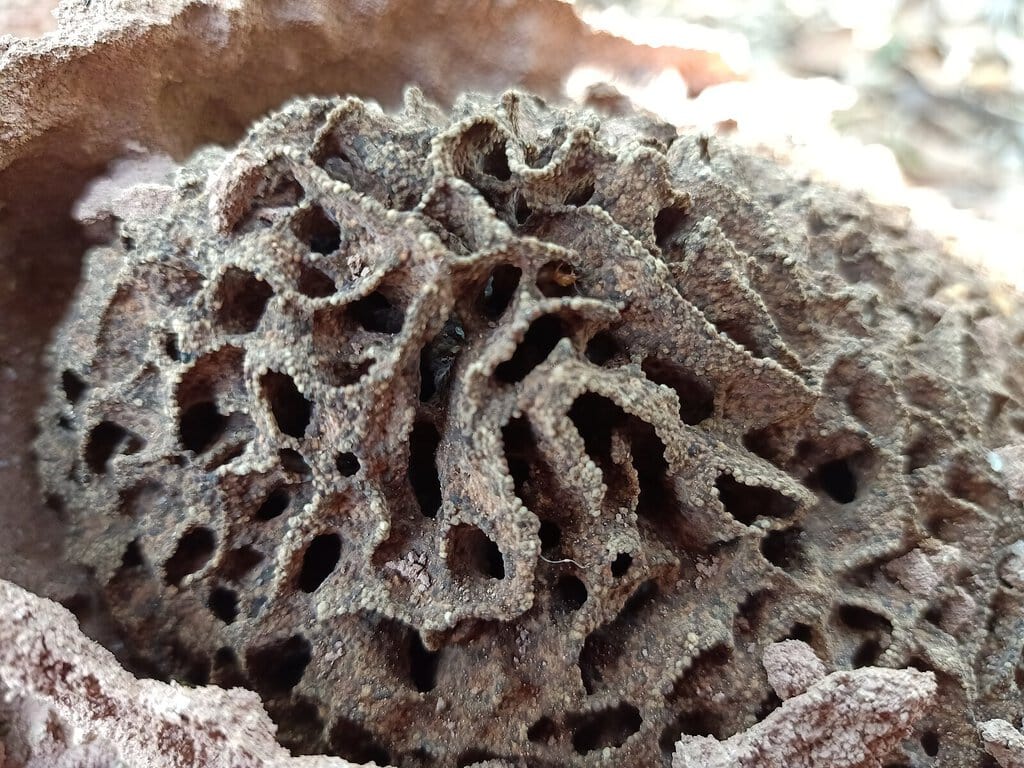
In the heart of South Africa’s Namaqualand, where vibrant spring flowers bloom against a rugged landscape, lies a discovery that rewinds time itself. Scientists have unearthed the world’s oldest active termite mounds, revealing a fascinating saga of resilience and ecological impact spanning over 34,000 years. The ancient structures, known as “heuweltjies” in Afrikaans, sheltered generations of southern harvester termites, stored carbon, and enabled us to glimpse into Earth’s history.
The Unveiling of Ancient Architects
Located along the Buffels River, the termite mounds of Namaqualand stand as a testament to millennia of termites’ industrious labor. These southern harvester termites, named Microhodotermes Viator, have crafted these “little hills” through centuries of foraging and mound-building. Each mound, estimated to house up to 15 tons of carbon, acts as a natural reservoir that profoundly interacts with the environment.
Beyond their architectural marvel, these termite mounds allow for carbon sequestration. As termites collect organic matter, they inadvertently facilitate processes that store atmospheric carbon dioxide deep within the soil. This natural carbon sink, occurring about a meter below the surface, highlights nature’s mechanisms for climate regulation and the potential of biological systems in mitigating climate change.
Prospects for the Future
With meticulous radiocarbon dating and chemical analysis, scientists have gained critical insights into Earth’s past climates and ecological dynamics. Researchers explore innovative strategies for enhancing carbon capture and storage by studying the chemical processes within these ancient mounds.

The discovery of these ancient termite mounds in Namaqualand is a reminder of the interconnectedness of life, climate, and landscape. As we unravel the mysteries of what hides beneath our feet, these resilient structures offer invaluable insights into sustainability and environmental stewardship. They beckon us to embrace the wisdom of nature and harness its potential to safeguard our planet’s future.